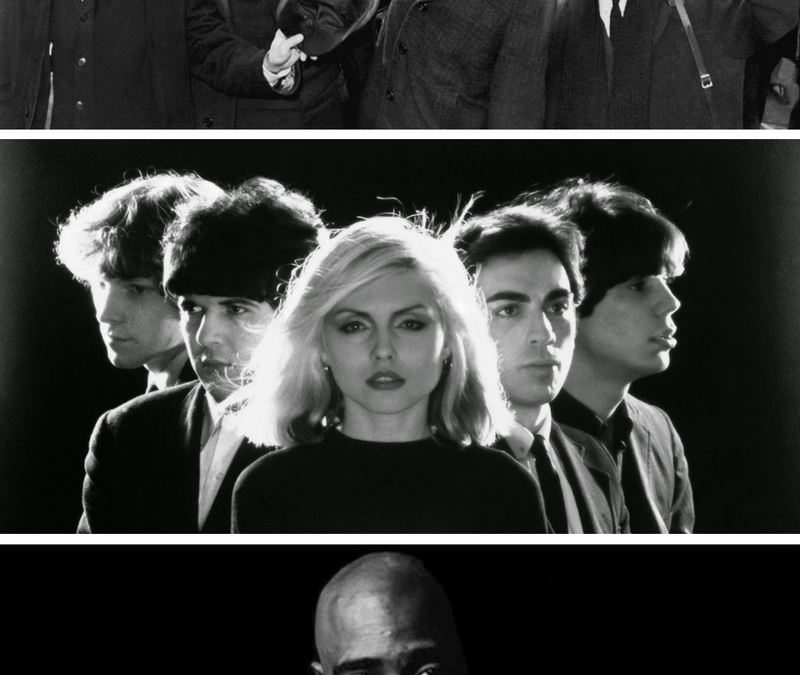“I hate pop music,” is a frequent lament heard across college campuses, especially as adolescents embark on new music journey explorations that lead them to new obscure and international favorites. But complaints lambasting pop music’s sameness, such as repetitive melodies and predictable style, may be surprised to learn that pop music is as diverse now as it has ever been.
Long been debated by philosophers, sociologists, journalists, the history of music has long divided people just as much as it brings people together. Even bloggers and celebrities disagree. Though rich in reflection about our culture, and crisp aesthetic judgements, we are finally capable of using quantitative data and statistics to judge the history of pop music.
Research lead by Jean-Baptiste Michel, a data scientist at Harvard University and Palantir Technologies, found that our era’s pop music didn’t evolve gradually. The researchers analyzed diversity of pop music by analyzing Billboard top hits, collecting titles and artists for some 17,000 songs that made the list between 1960 and 2010.
They analyzed a pattern from pop music representing a biological evolution known as punctuated equilibrium. This means periods of gradual change are separated by explosions of complexity, not unlike the “Cambrian explosion,” when a a sudden, massive increase in biodiversity was visible in the fossil record 542 million years ago.
The songs from 1960 to 2010 were categorized into unique genres, then analyzed to understand the statistical traits shared among songs like biological traits.The analysis revealed several dramatic revolutions. The first was in 1964 during the rise of rock and soul music, when bands such as the Beatles. The next started in 1983 with disco, hard rock and new wave. The most transformative, and most transformative, started in 1991 with the influence of rap and hip hop. The results prove that beyond contrary belief that contemporary music is all the same, even the bubblegum hits on the Billboard top 100 are deeply related to the songs that came decades before and speak to progress in our musical evolution.
To read about this report, please read “From James Taylor to Taylor Swift: Music evolves like biological organisms” by John Bohannon on ScienceMag.com. Also check out, “The Evolution of Popular Music: USA 1960–2010” from Royal Society Publishing.
Follow Jo-Michael Scheibe on Twitter.

